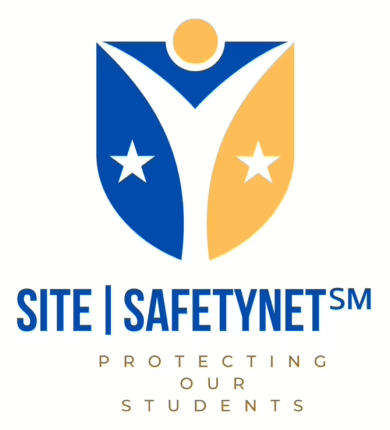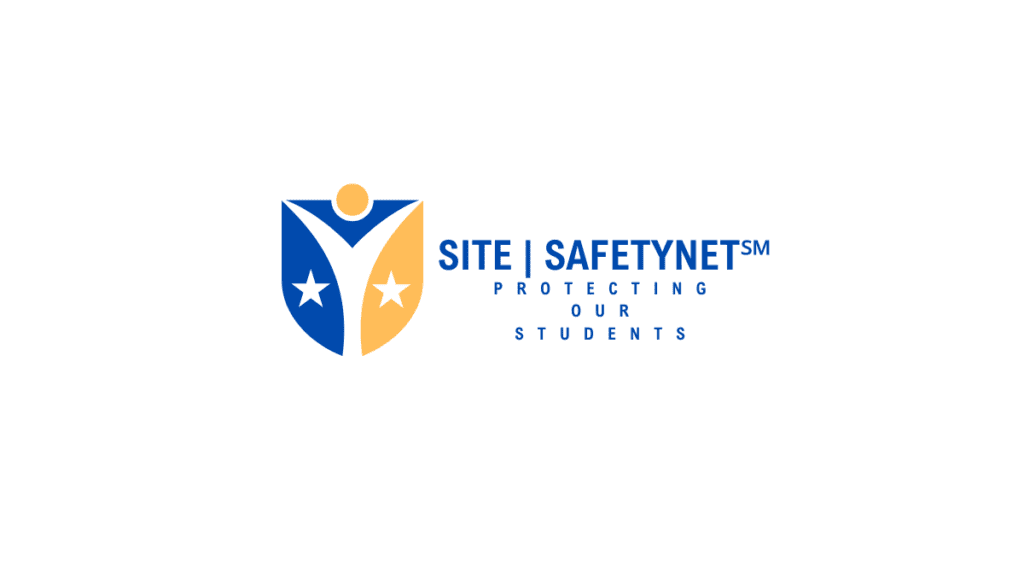 In an era where school safety has become a paramount concern for parents, students, and educators alike, how schools communicate their safety protocols and measures is more critical than ever. With over 150,000 K-12 schools across the United States, a significant variance exists in how schools approach the topic of safety on their digital platforms. This article delves into the current state of school safety transparency, examining the percentage of schools that maintain a dedicated safety page on their websites and exploring the rationale behind either including or omitting this crucial information.
In an era where school safety has become a paramount concern for parents, students, and educators alike, how schools communicate their safety protocols and measures is more critical than ever. With over 150,000 K-12 schools across the United States, a significant variance exists in how schools approach the topic of safety on their digital platforms. This article delves into the current state of school safety transparency, examining the percentage of schools that maintain a dedicated safety page on their websites and exploring the rationale behind either including or omitting this crucial information.
The Digital Presence of School Safety Information
A thorough analysis of K-12 school websites across the nation reveals a stark divide: only a fraction of schools have a dedicated page concerning school safety. This disparity raises questions about accessibility to safety information for the school community and the public.
Statistics at a Glance:
- Schools with a Dedicated Safety Page: Approximately 30%
- Schools without a Dedicated Safety Page: Approximately 70%
Understanding the Discrepancy
The reasons behind a school’s decision to include or exclude a safety page on its website are multifaceted. For schools that prioritize transparency, a dedicated safety page serves as a resource for concerned parents and students and a testament to the school’s commitment to creating a secure learning environment.
Reasons Schools Maintain a Safety Page:
- Transparency and Open Communication: Schools with a safety page aim to provide clear and accessible information on safety protocols, emergency preparedness, and measures to protect students and staff.
- Community Assurance: A detailed safety page can reassure parents, students, and educators by affirming that the school is prepared to handle potential safety threats.
Conversely, the absence of a safety page on some school websites does not necessarily indicate a lack of commitment to safety. Instead, it reflects a range of considerations and challenges.
Why Some Schools May Lack a Safety Page:
- Privacy and Security Concerns: Some schools may opt to limit the public visibility of their safety plans to prevent potential security vulnerabilities.
- Resource Constraints: Smaller schools or districts might face limitations in web development resources, affecting their ability to maintain an up-to-date safety page.
- Diverse Communication Strategies: Schools may choose alternative channels to communicate safety information, such as parent newsletters, direct communications, or secure portals, believing these methods to be more effective or secure.
The Path Forward: Enhancing Safety Transparency
The conversation around school safety is evolving, emphasizing the importance of communication and transparency. As schools navigate the complexities of safety information dissemination, the following recommendations could serve as a guide to enhance safety transparency and community engagement:
- Developing Comprehensive Safety Pages: Schools should consider creating or enriching their safety pages, which should include FAQs, contact information for safety coordinators, and resources for students and parents.
- Balancing Transparency with Security: It is crucial to find the right balance between providing useful information and maintaining security. Schools can consult security experts like SITE|SAFETYNET℠ to ensure their communication strategies do not inadvertently compromise safety.
- Leveraging Multiple Communication Channels: To reach the widest audience, schools should employ various communication methods, including digital platforms, community meetings, and printed materials, ensuring all stakeholders can access critical safety information.
 Conclusion
Conclusion
The digital representation of school safety measures reflects a broader dialogue about educational institutions’ priorities and challenges in ensuring their communities’ well-being. As schools continue to adapt to the evolving landscape of safety concerns, the commitment to transparency, engagement, and the protection of students and staff remains paramount. By fostering an open dialogue and accessible information channels, schools can reinforce their dedication to creating a safe and supportive educational environment for all.

 Conclusion
Conclusion